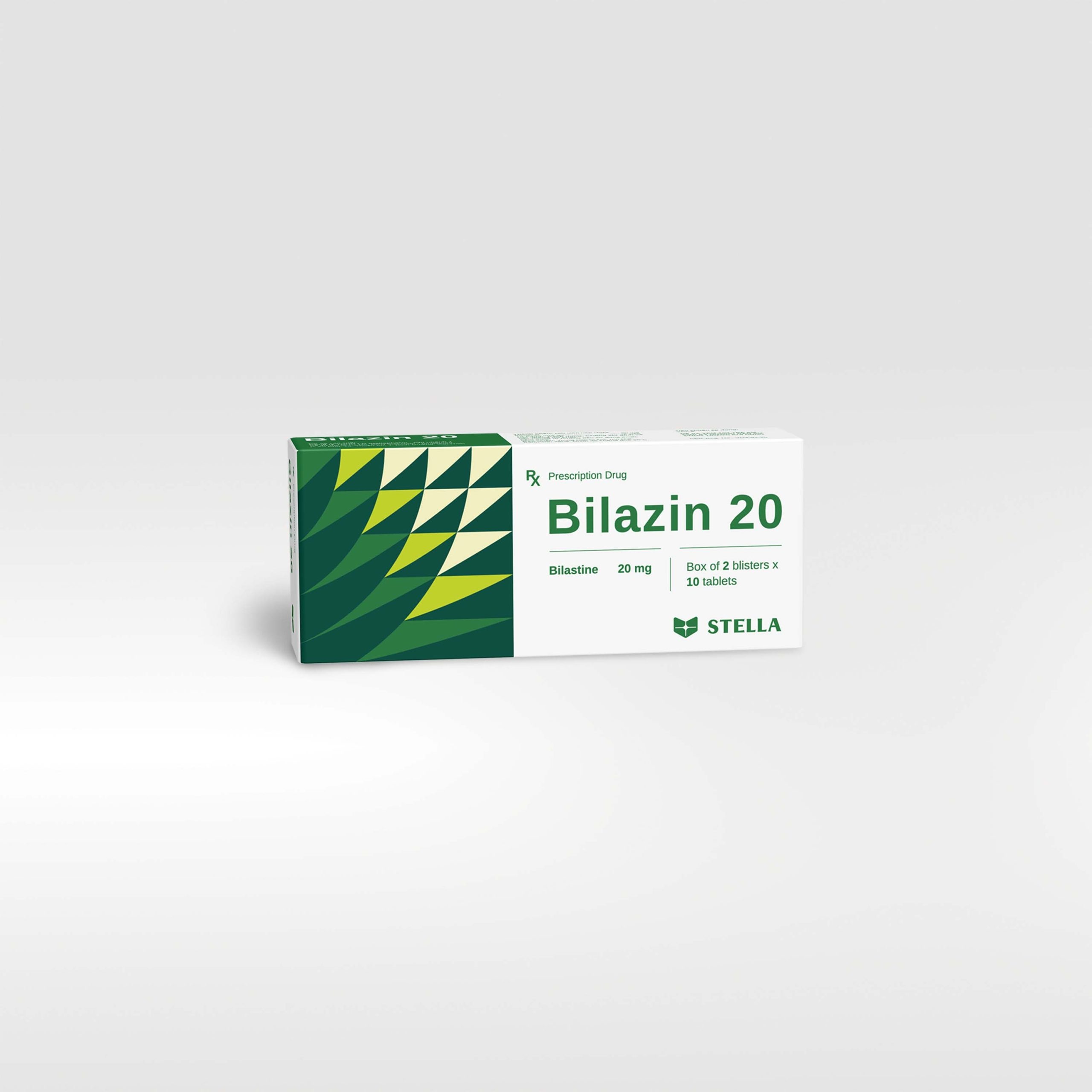Bilazin 20 Rx
Bilastine is a non-sedating, long-acting histamine antagonist with selective peripheral H1 receptor antagonist affinity and no affinity for muscarinic receptors.
| Pack size | Box of 20 tablets, 100 tablets |
| Shelf-life | 36 months |
| Composition | Bilastine |
| Dosage forms and strengths | Tablet: 20 mg |
Product code :












